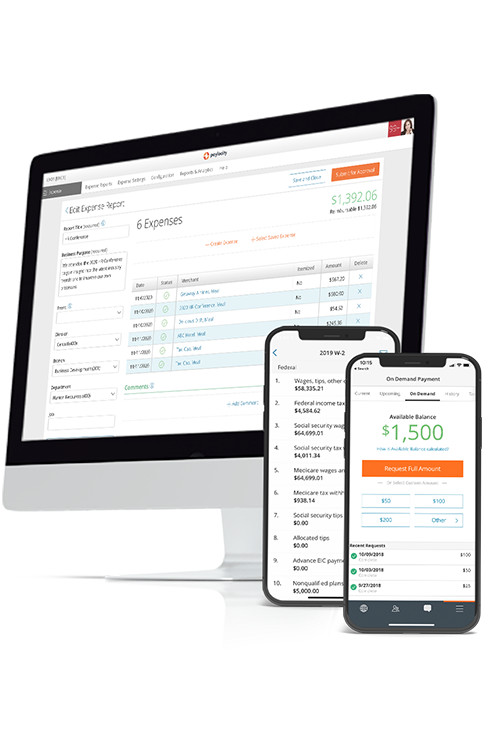| Law | Enacted | Summary |
|---|---|---|
|
Fair Labor Standards Act (FLSA) |
1938 |
Created common workforce standards, such as minimum wage, overtime pay, hours worked, and youth labor requirements. States, and even some cities, have extra laws that build upon the FLSA. |
| 1971 | Requirements for maintaining a safe work environment for employees to use. | |
|
1974 |
Requirements for operating and regulating pension and health benefit plans for employees. |
|
|
Family and Medical Leave Act (FMLA) |
1993 |
Requires employers with 50 or more employees to provide those employees with protected leave in case of illness or the illness of a spouse, parent, or child. |





